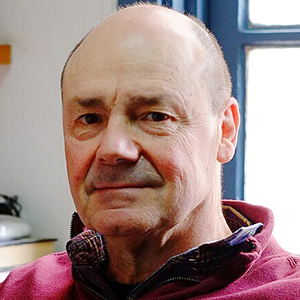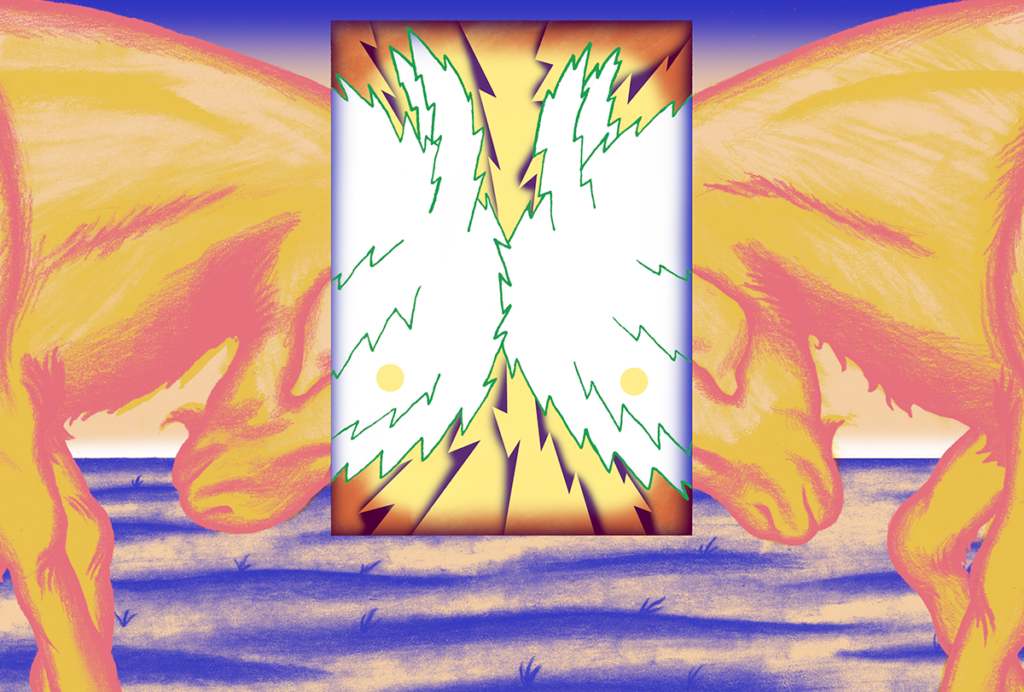Francisco Aboitiz is director of the Interdisciplinary Center for Neuroscience and professor of psychiatry at the Pontificia Universidad Católica de Chile. His research lines include the evolution of the brain and cognition and the neurocognitive underpinnings of neuropsychiatric conditions such as attention-deficit/hyperactivity disorder, autism, multiple sclerosis and epilepsy. He is currently working on social projects, including implementing robotics workshops for children in schools of social risk and assessing their cognitive improvements, and screening resilience signatures in adolescent mothers. He has authored more than 140 scientific articles and is author of the books “A Brain for Speech. A View From Evolutionary Neuroanatomy” and “A History of Bodies, Brains and Minds. The Evolution of Life and Consciousness.”

Francisco Aboitiz
Director
Interdisciplinary Center for Neuroscience
From this contributor
Selected articles
- “A multimodal interface for speech perception: the role of the left superior temporal sulcus in social cognition and autism” | Cerebral Cortex
- “Neural responses to sensory novelty with and without conscious access” | Neuroimage
- “The Enigmatic Reissner's Fiber and the Origin of Chordates ” | Frontiers in Neuroanatomy
- “Neurocognitive mechanisms underlying working memory encoding and retrieval in Attention-Deficit/Hyperactivity Disorder” | Scientific Reports
- “Origin and evolution of human speech: Emergence from a trimodal auditory, visual and vocal network” | Progress in Brain Research
- “Morphological evolution of the vertebrate forebrain: From mechanical to cellular processes” | Evolution & Development
Explore more from The Transmitter
Alex Maier argues that a scientific explanation of consciousness requires grounding in formalized mathematics
When it comes to discovering laws of nature for consciousness similar to those in physics, Maier argues that integrated information theory is the only game in town.
Alex Maier argues that a scientific explanation of consciousness requires grounding in formalized mathematics
When it comes to discovering laws of nature for consciousness similar to those in physics, Maier argues that integrated information theory is the only game in town.
Neuro’s ark: How goats can model neurodegeneration
Since debunking an urban legend that headbutting animals don’t damage their brain, Nicole Ackermans has been investigating how the behavior correlates with neurodegeneration.

Neuro’s ark: How goats can model neurodegeneration
Since debunking an urban legend that headbutting animals don’t damage their brain, Nicole Ackermans has been investigating how the behavior correlates with neurodegeneration.
Astrocytes stabilize circuits in adult mouse brain
The glial cells secrete a protein that suppresses plasticity post-development.

Astrocytes stabilize circuits in adult mouse brain
The glial cells secrete a protein that suppresses plasticity post-development.
